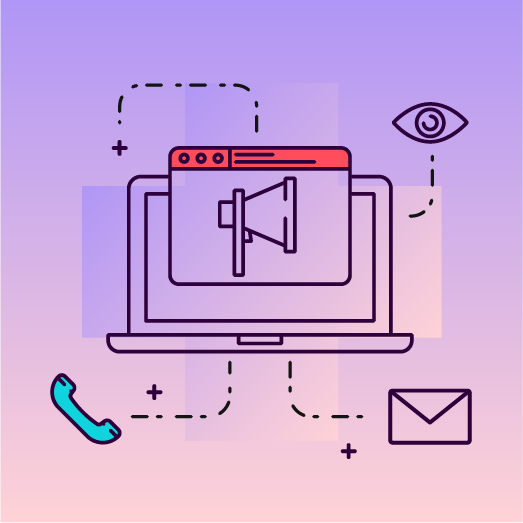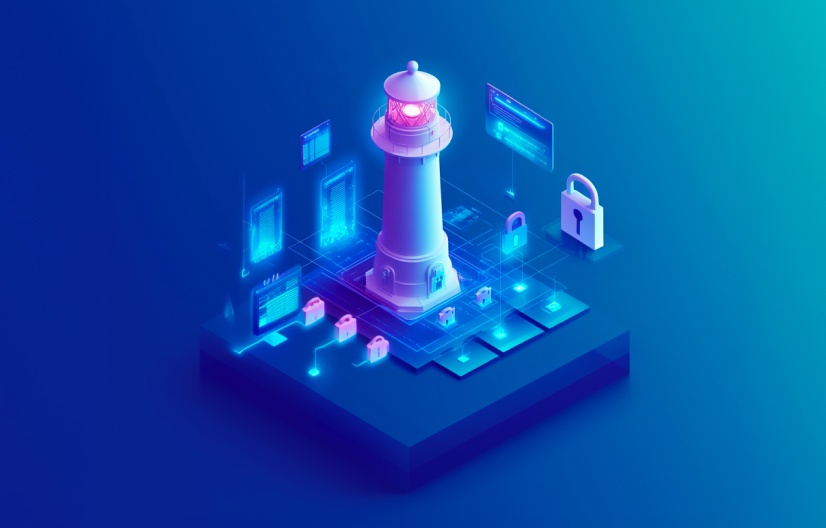
Choose an investment that pays off : Application and software maintenance
Maintenance has long been IT’s red-headed stepchild. However, this does not change the fact that it is a crucial investment to ensure the security, efficiency, durability and stability of your application, in addition to fostering a good user experience.
However, many SMEs do not understand the importance of maintenance, because they do not realize the potential repercussions of neglecting this important aspect in the development of their application.
Fortunately, there are outsourcing services that can provide you with customized maintenance.
Let’s take a look at the different types of possible maintenance solutions for your application as well as the importance of outsourcing this service.
Maintenance: An investment that pays off!
Not many companies understand the importance of investing in their maintenance over the long term.
There are, however, several advantages in doing so:
- Maintaining the application to avoid having to rebuild it due to excessive degradation;
- Avoiding technical debts;
- Executing periodic safety tests;
- Preventing your data from being hacked and security breaches due to the obsolescence of your application;
- Preventing system outages and the resulting loss of revenue;
- Reduce the number of versions of the same component within a given company to improve productivity;
- Saving time (updates are systematically planned and performed)
- Evolving the application at the same pace as the users’ requirements.
Furthermore, by outsourcing your maintenance operations, you guarantee a higher level of expertise for your products, since you can count on a team entirely dedicated to the task.
What is the budget required for the maintenance and update of an application?
It is estimated that a company that has developed a solution should invest, on average, between 12 and 25% of its budget to ensure the proper maintenance of this solution. This is certainly an investment that will be cost-effective, after all, it is always better to invest in preventing issues than to pay to fix them at a later time.
However, the percentage of the budget that needs to be spent on maintenance and updates varies according to the size and complexity of your application:
- Open Source components generally have more updates per year.
- Mobile applications also have more frequent updates.
- The integration between the application and other systems could also result in multiple updates.
Moreover, when it comes to your software costs, it is recommended that you evaluate, over several years, the budget that will be planned for application maintenance or updates. However, before you invest in these scenarios, you need to know the different types of maintenance services available.
Discover the 4 types of maintenance available for your company
There are 4 types of maintenance to ensure an optimal and secure experience for your users.
Corrective maintenance
Corrective maintenance takes place throughout the entire software/application lifecycle. It is used when your product encounters a malfunction that hampers your users’ experience. Consequently, this type of maintenance is used in reaction to a problem encountered after the deployment of your software/application. The problem is defined according to the behavior of the application, which does not correspond to what is initially expected.
Corrective maintenance includes:
- The analysis of the reported anomalies;
- Applying the required changes to correct the error;
- Extensive tests to ensure the problem has been successfully resolved.
Preventive maintenance
Preventive maintenance encompasses all the actions that ensure a continuous and seamless experience, thanks to active monitoring.
Think of actions such as:
- The continuous monitoring of the system to ensure a high level of security, stability and performance;
- The monitoring of infrastructures;
- Automated regression testing of your system.
Adaptative maintenance
Adaptive maintenance is also preventive, however, it differs from the second type of maintenance since it also implies that modifications will be made to the system and its components. These changes are made so you comply with any significant changes made to the application or software environment. Adopting this type of maintenance means acting proactively. It is, without a doubt, a great way to avoid future complications (and a plethora of calls to the help desk!)
The goal is to maintain your application’s longevity and usefulness, even if changes to its environment are required, such as:
- Software updates that meet the limits of your licenses;
- Modifications that ensure your compatibility with newer versions of mobile devices, computers, tablets and browsers.
Evolutive maintenance
Evolutive maintenance is a sure way to prevent long-term problems. For example, you can add additional modules to make your application / software more agile, ergonomic and efficient. This type of maintenance is performed by either the service center or the project desk, depending on the complexity of the required update. In short, it can be defined as a necessary evolution that helps prevent several long-term maintenance operations.
Evolutive maintenance allows you to:
- Improve the application / software’s existing functionalities;
- Develop functionalities that address new scenarios and that meet new user or administrator requirements.
Reinforce these 4 types of maintenance with :
Technical support : in the case of a glitch, your clients can call a 1-800 number, send an email or submit a troubleshooting ticket through the technical support portal. Many companies delegate their technical support to external services.
Advanced monitoring : using an external maintenance service allows you to rely on a team that monitors the real-time operation of your application and reacts, on the spot, should any issue arise.
Security testing : another advantage of opting for outsourcing your maintenance services is that you’ll be able to rely on a team of security experts to carry out penetration tests.
Automation : more and more companies rely on automated services when it comes to testing and monitoring. These automation solutions increase the quality and stability of your operations while reducing your maintenance costs.
Technical support: an indispensable ally for your maintenance operations
As seen before, technical support is an integral part of a successful maintenance, there are various levels of support that should be provided to your users.
Level 1 : The call center (front desk)
An agent takes the client’s call and troubleshoots the issue on the spot. The issue will then be logged in a database and sent to the maintenance team, who will be able to refer to it if required. If the technical problem goes beyond the skills or scope of the call center, the call is then transferred to the next level.
Level 2 : The back desk
If the problem is complex enough to require a minor change to the application, the development team will analyze and reproduce the bug before correcting it.
Level 3 : The transfert to a specialist
This last level is used when the technical issue requires the direct intervention of a senior software developer. Now that you know more about the types of maintenance and technical support levels, you simply have to choose the right maintenance provider.
4 essential selection criteria to look for in your maintenance provider
You can regroup these selection criteria into 4 categories :
- Their methodology : Take the time to evaluate the approach and the values of your maintenance provider to ensure they are compatible with yours.
- Their level of service : What is covered and what is excluded? What are the guaranteed response and resolution times? These are two important questions to ensure a good maintenance service is provided to your users.
- Their experience offered : Is the maintenance service provider able to offer a good experience to your users? Will they be treated with care and efficiency? This criterion is essential to customer retention!
- Their team : A big team will be more reactive and provide you with a faster service.
Would you know how to take advantage of these tips to ensure a proper maintenance?
Know your type of application : maintenance varies according to the type of mobile application or software you are developing.
Evaluate your level of agility : your methodology and how quickly you adapt to changes dictates your maintenance requirements.
Use external services : to offer your users the best expertise to ensure the fluidity and efficiency of your solutions.
Contact Logient: a specialized team that is both dedicated and transparent and that will help you take control of your maintenance operations.




















